
Excellence Eye 3D Custom Made Artificial Eye Centre offering world class custom – made ocular prosthesis with American technology for a patient who has lost their eyes but deserve to live a better life.
We have been providing the finest in leading edge ocular prosthetic technology and comprehensive patient care.
We offer our patients a wide range of specialty services and products to improve their health, appearance and self-confidence.
Also known as an artificial eye is a plastic prosthesis used when an eye is surgically removed. During surgery, a ball implant is inserted into the eye socket to fill the area the eye once occupied. An ocular prosthesis is then molded to fit in front of the implant. It occupies the space between the eyelids and the skin (conjunctiva) covering the implant.
The ocular prosthesis is generally made four to six weeks after surgery in order to allow the socket tissues to heal adequately. Prior to that time, a thin plastic plate, called a conformer, is sometimes worn in place of the prosthesis. This prevents shrinkage of the tissue and helps to prepare the socket for ocular placement. Until the ocular prosthesis is fitted, the upper eyelid can be droopy in appearance. The prosthesis will help support the eyelid and allow the lids to open and close normally.
It is combination of digital photography and hand painted craftsmanship to replicate the colour and details of the eye, Only natural earth pigment used in the painting of prosthetic eyes. These pigments provide exquisite details, depth of colour and vibrancy for the life of ocular prosthesis, also used high quality photography and photo editing tools to ensure a perfect match.
Also known as a “cover shell,” is a thin, plastic prosthesis used when an eye is malformed as a result of a birth defect, or becomes non-functioning due to subsequent illness or injury. In such cases, the non-functioning eye is left within the eye socket. Prosthesis can then be molded to fit b Scleral cover shells fit directly over the malformed eye. Sometimes a “trial shell” is fashioned to allow the eye to grow accustomed to the direct contact of the prosthesis. Cover shells impart a better cosmetic appearance by closely resembling the remaining good eye, while leaving the affected eye in the socket.
An orbital with ocular prosthesis artificially restores the eye,eyelids,and the adjacent hard and soft tissues which have been lost as a result of a radical surgery ( exenteration) or traumatic events.
A scleral cover shell is an ocular prosthesis that is worn over an existing blind eye or shrinking eye. The shell fits like a large contact lens covering the front surface of the eye globe. It moves with the existing eye and is fit so that the eyelid openings are symmetrical.
The lighter weighted hollow prosthesis demonstrates its buoyancy. This would reduce any pressure on the lower eyelid structure.
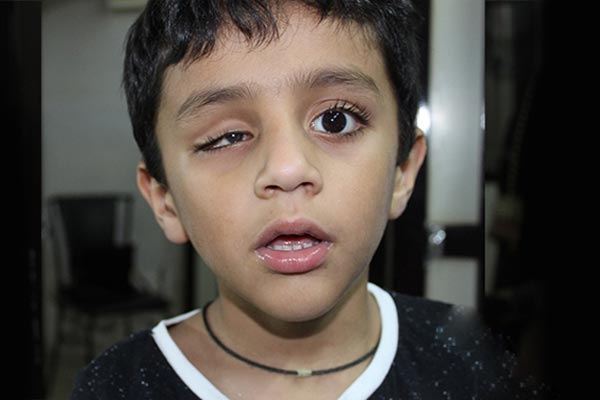
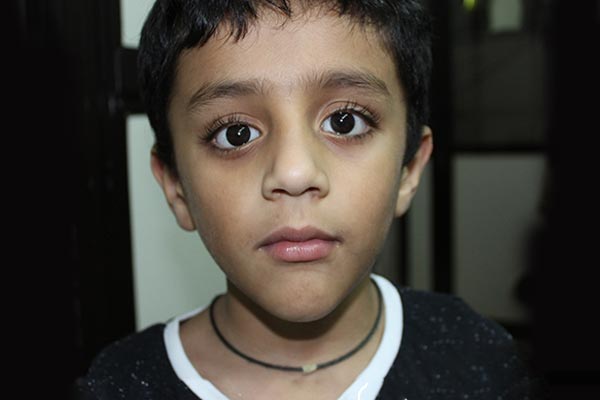

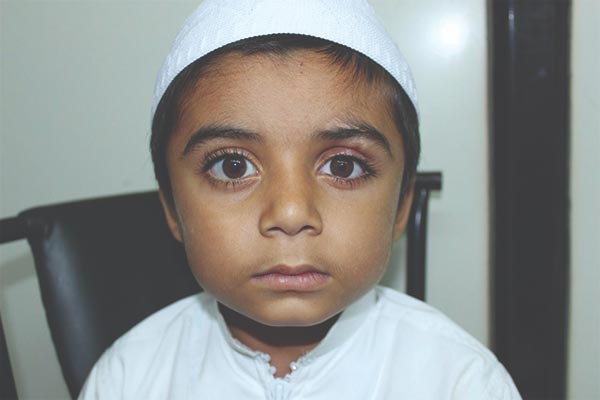
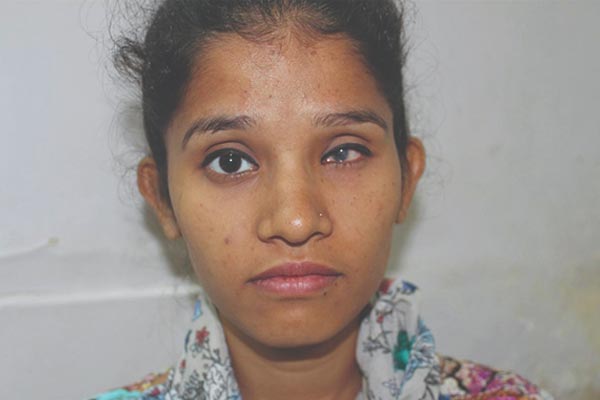
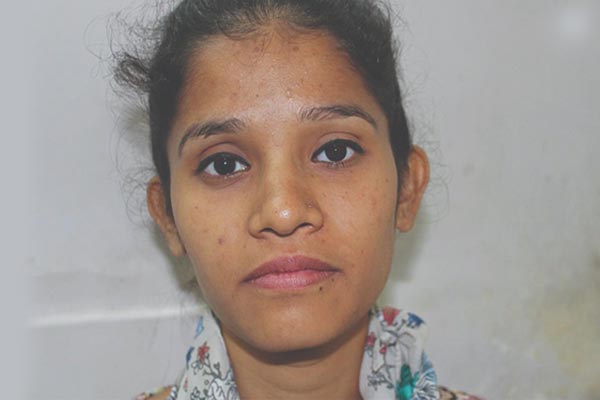

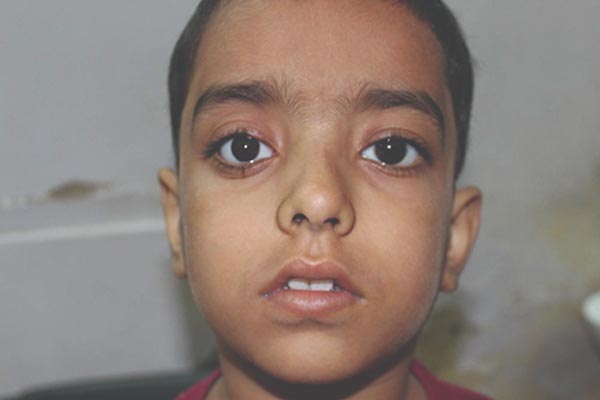
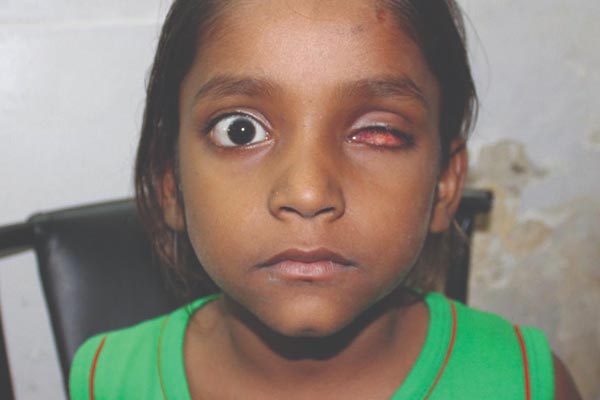
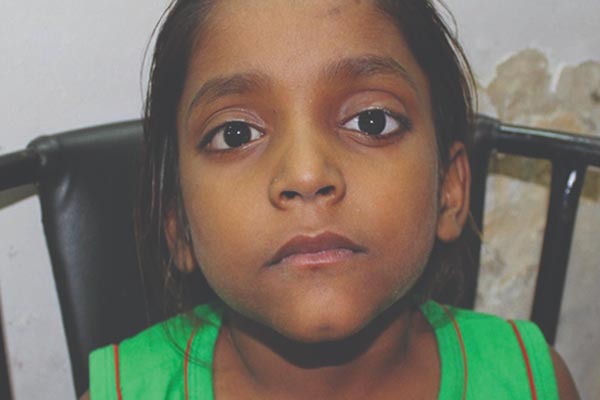

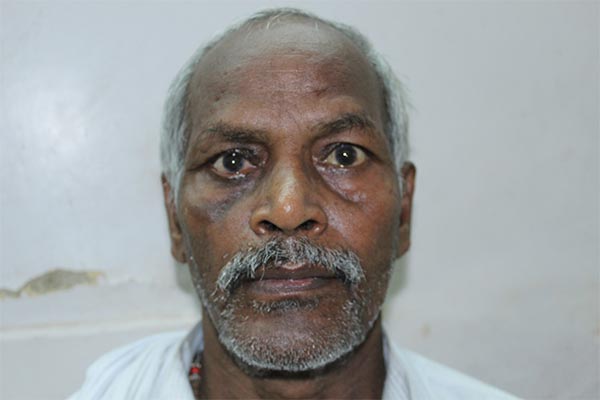
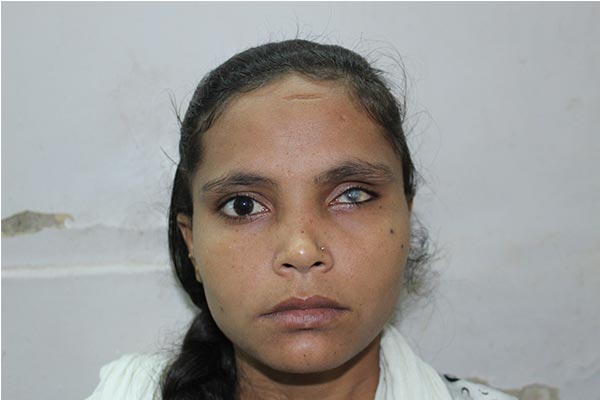
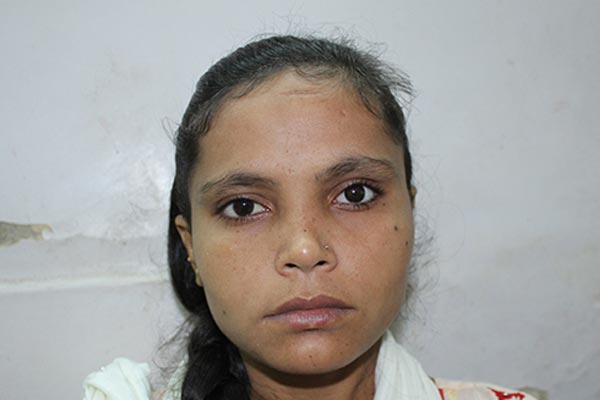
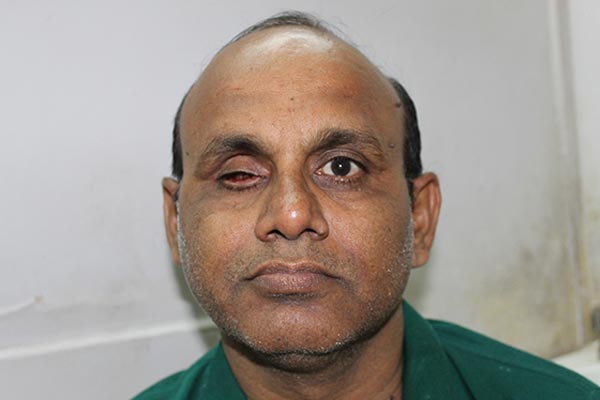
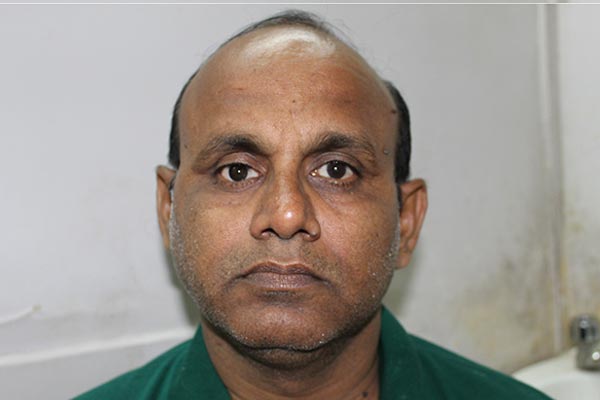
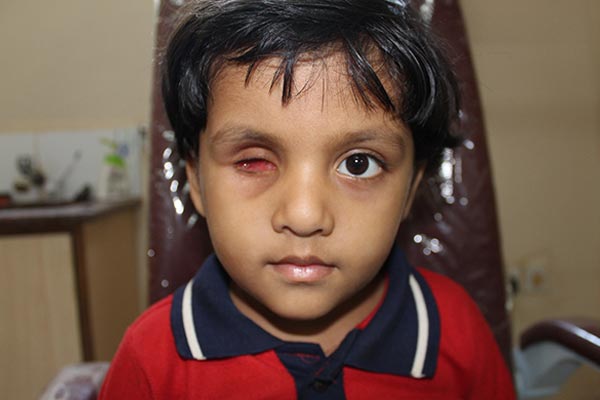


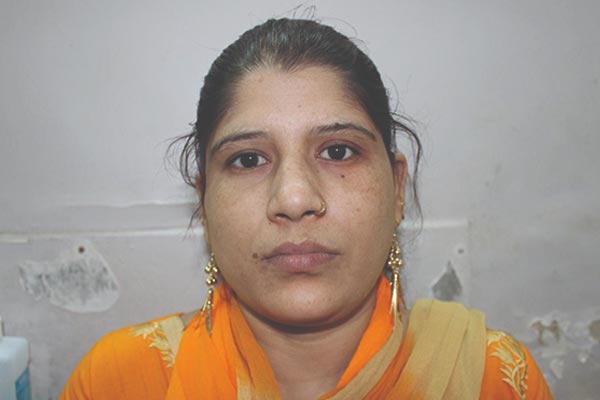


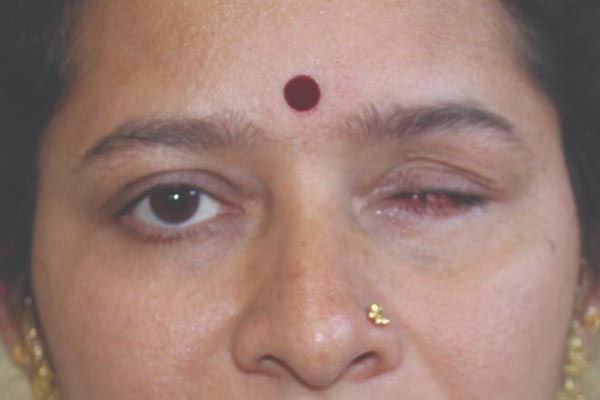
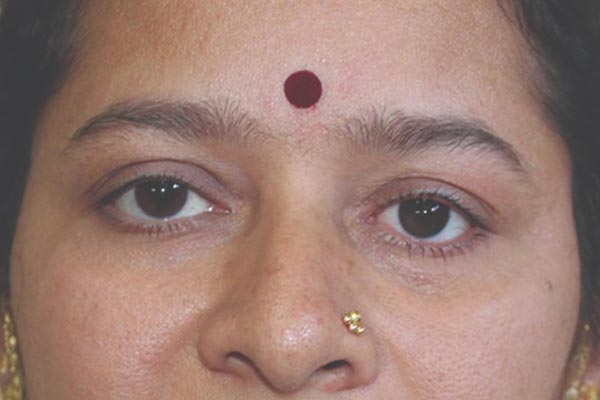
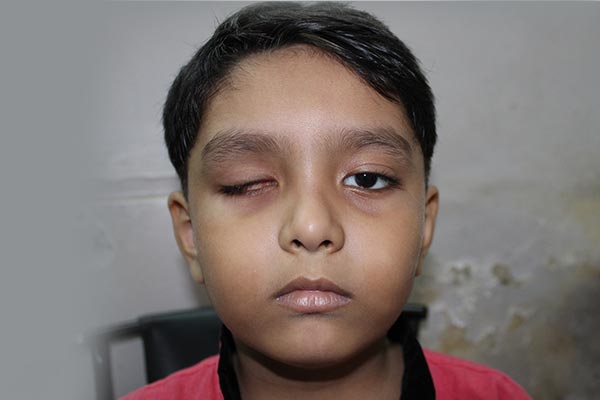
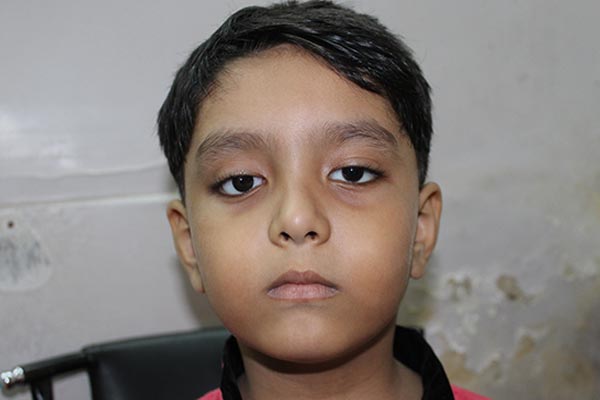
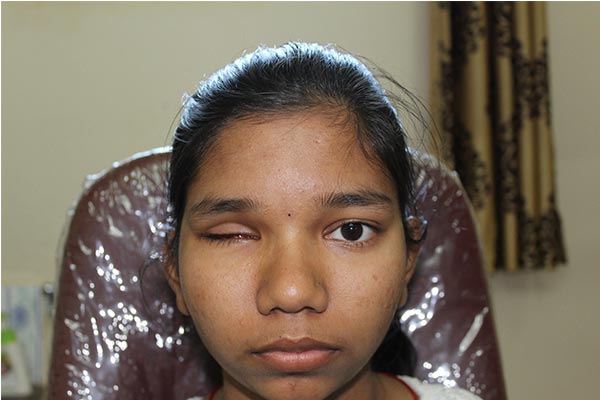
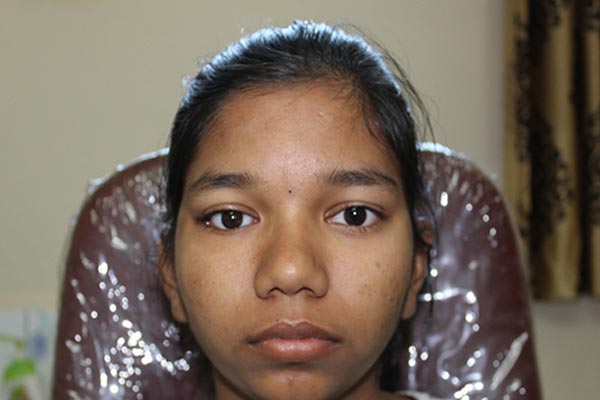


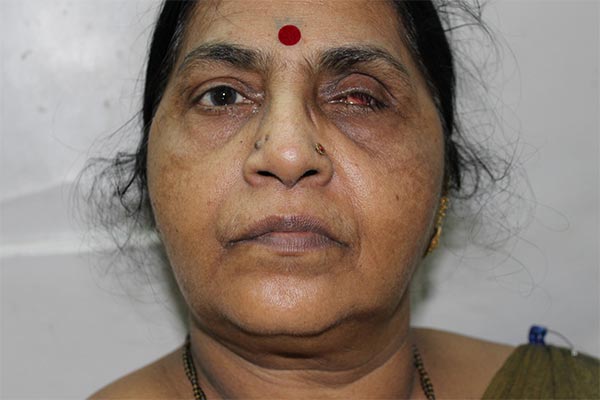
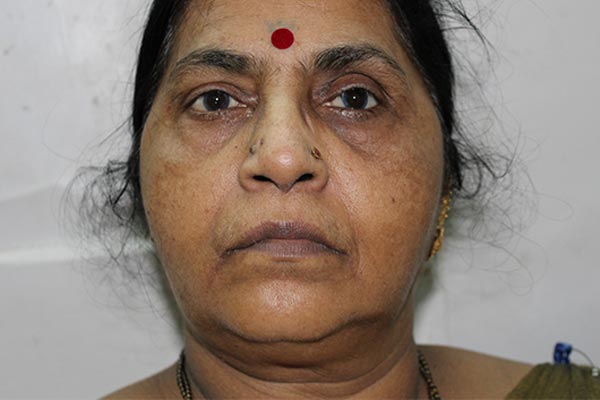
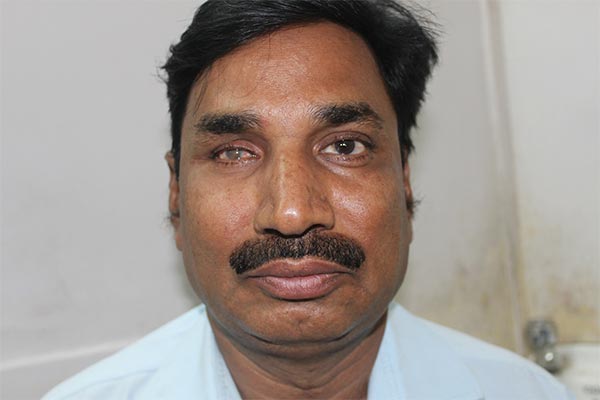
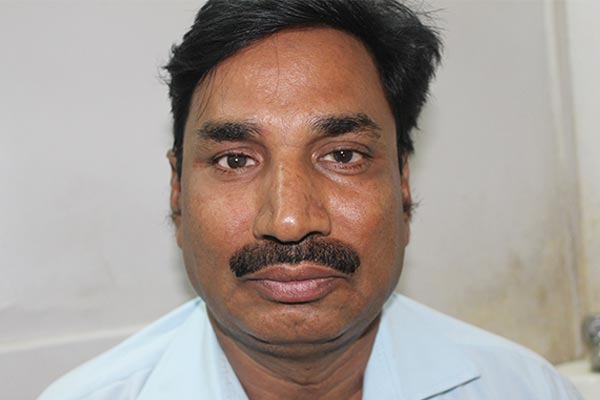
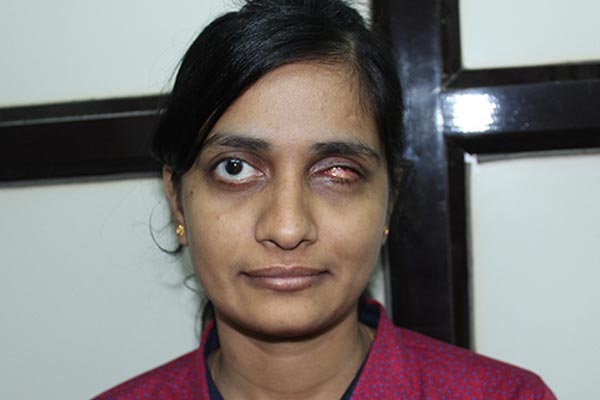
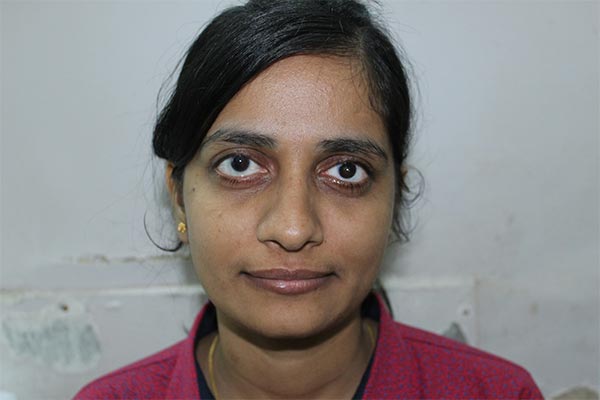
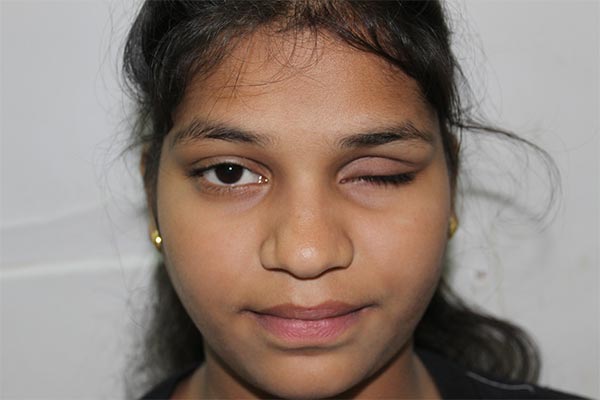
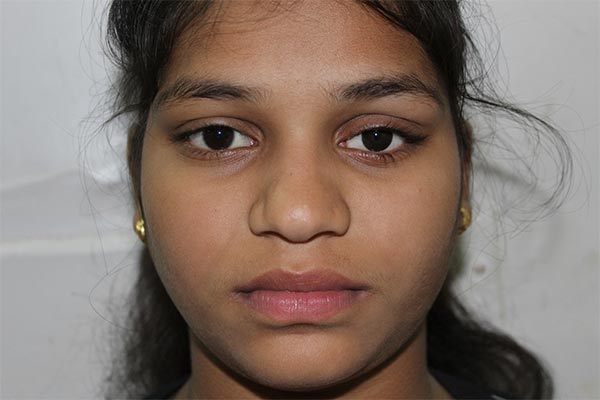
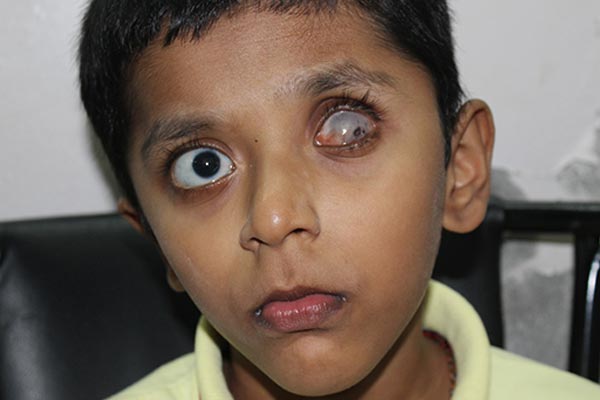

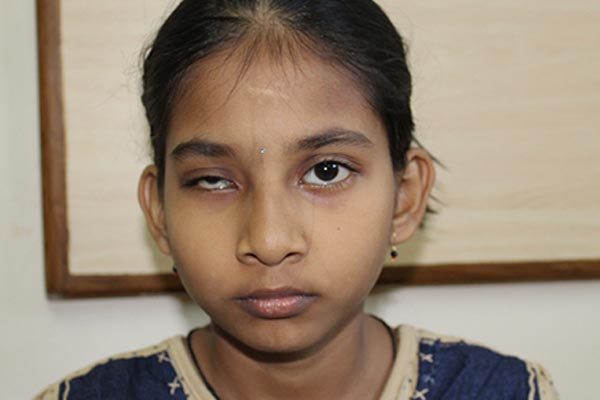
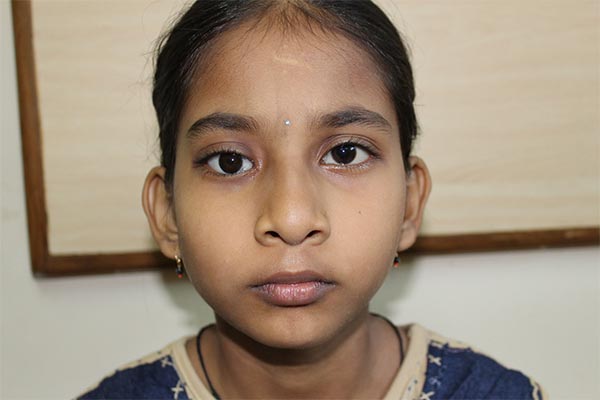
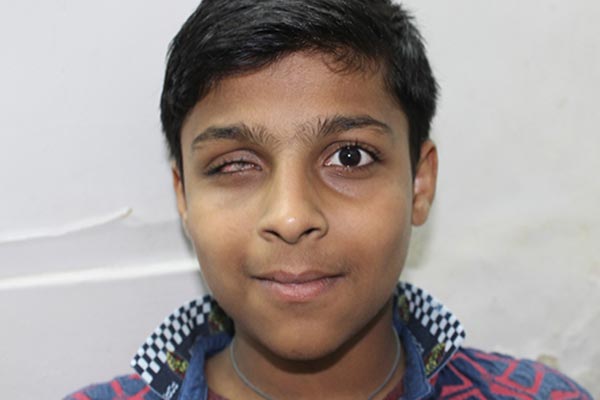
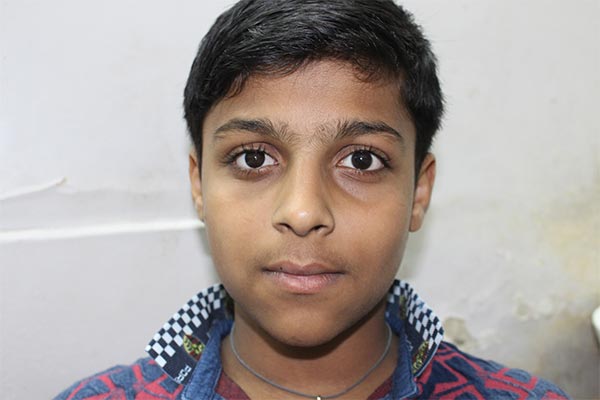


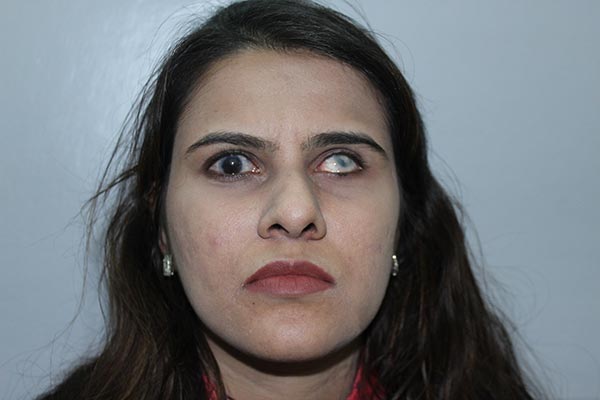
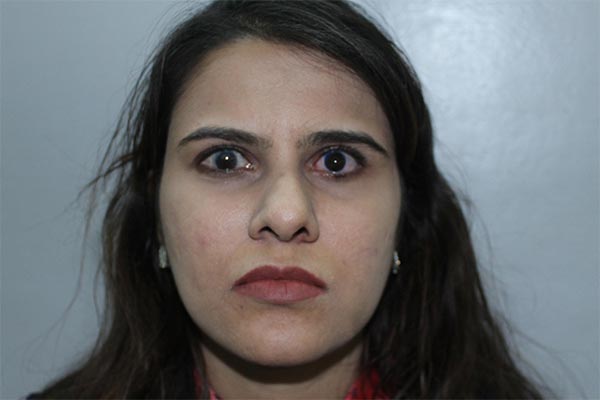

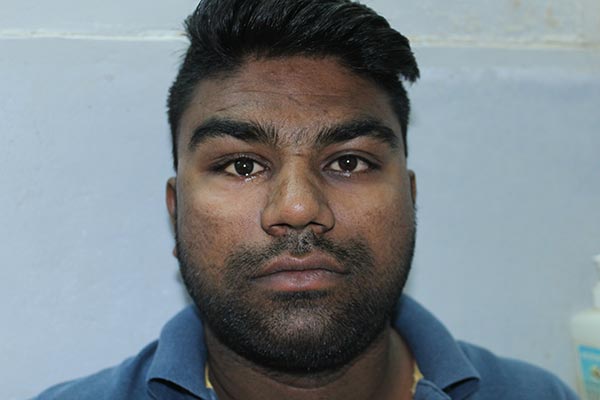
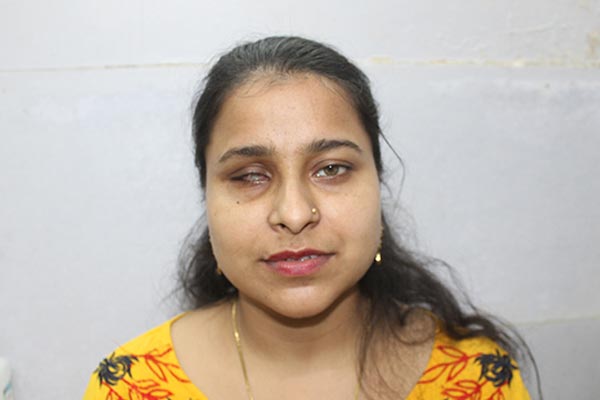
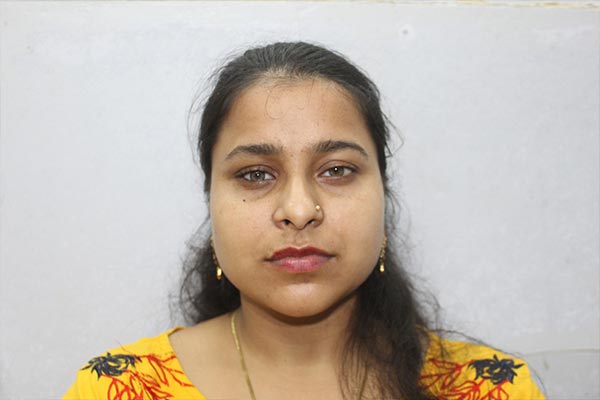

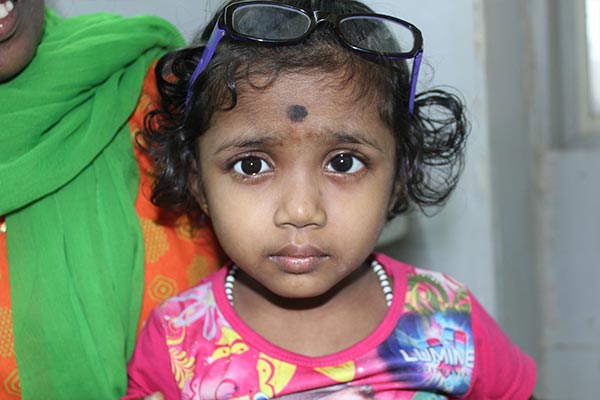



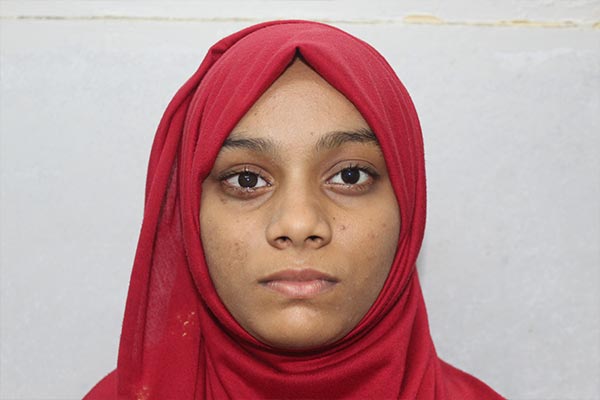


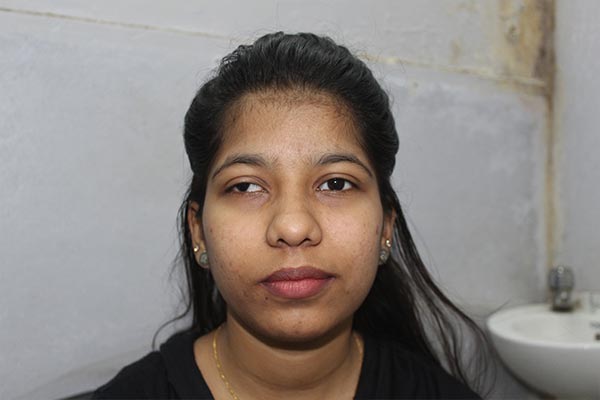
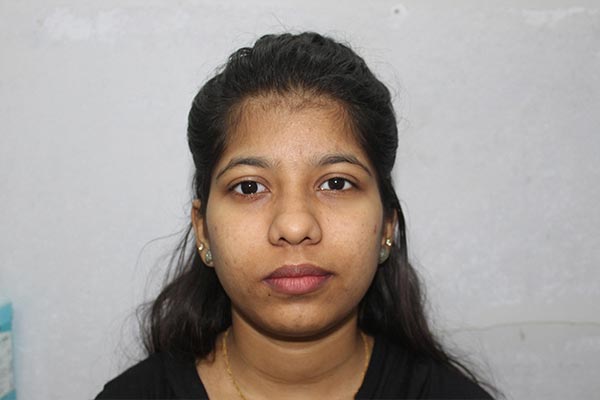
An prosthetic eye is an artificial eye that is placed in the eye socket of patients whose eyes shrunken or surgically removed.
An ocularist (Artificial Eye Specialist) is someone who specializes in the fabrication and fitting of ocular prostheses for people who have lost an eye or eyes due to trauma or illness
If the entire eye is removed, an ocular implant and prosthesis prevent the eye tissue from growing to fill the empty space in the eye socket. If you were wondering if a prosthetic eye can restore vision, the answer is no. Though it is a replacement to the natural eye, one can’t see with a prosthetic eye.
A stock artificial eye is, as the name suggest, a mass produced prosthesis of general specifications for size, shape, and iris color. These “ready-made” prosthetic eyes are not recommended for any patient due to their lack of individual characteristics.
Custom artificial eye can be impression moulded for a more exacting fit, empirically fitted from a preformed shape and modified with wax prior to its fabrication. This service would also include color matching of iris, sclera and vascular pattern of fellow eye.
Stock eye mass produced prosthetic eyes, having standard iris colors and whites of the eye and do not fit anyone in particular. The Custom artificial eye made by impression technique, made to adapt to the contour of the orbital tissue and eyelids,colored to match the fellow eye.
In general, custom artificial eyes, last for a long time when properly made and cared. Ocularist report a replacement is required every 4 to 5 years, because of eye socket changes in adult life. However, we have patients wearing the same prosthetic eye for over 15 years.
Yes, patient should have routine follow up visit to determine if prosthetic eye needs to be polish, an adjustment or replacement is required.
This is dependent upon your ability to completely close the eye, allergies, personal hygiene care of prosthesis. We will evaluate your tolerance level with the prosthetic eye is worn after 1 month. Some patients have remove it daily, others once a week, a month.
It is important to eye glasses for a protection of the remaining eye especially in children. It improves the cosmetic appearance.
It is necessary to use prosthetic eye after eye loss. It gives comfort, cosmesis, continue to help development of eye socket and eyelids.
Yes. Scleral shell prosthesis can be fitted over any stage of microphthalmos. The early stage, may required series of acrylic trial shells (Conformers) to gradually enlarge the eyelid margins before prosthetic eye can be fitted.
If this is congenital condition (born without eye) there would be early stage of plastic conformers in incremental size for expand the eyelid margins and create space within a socket prior to the fitting of the prosthetic eye.
Yes. The prosthetic eye looks very natural. The color and appearance are made to match your other eye.
Copyright © 2024 Excellence Eye Centre